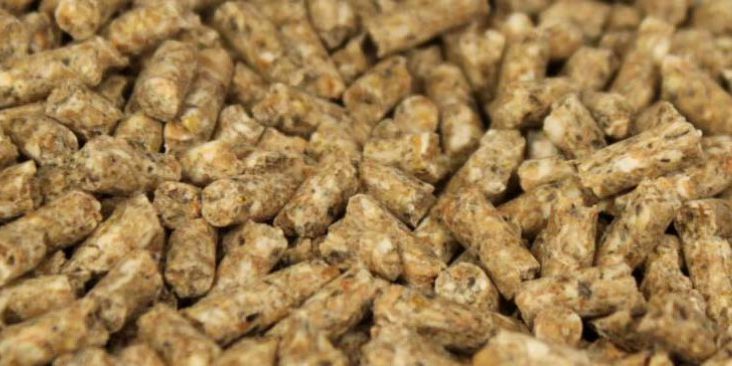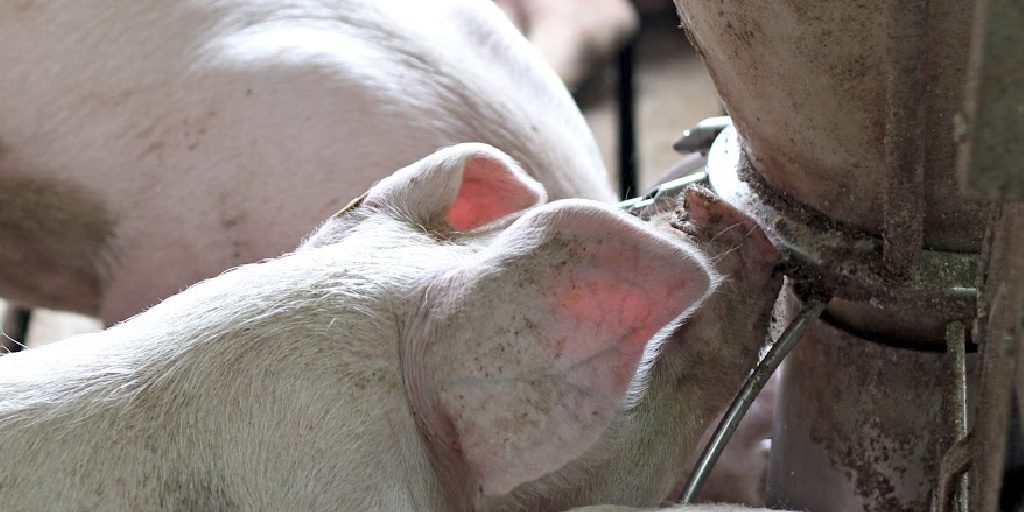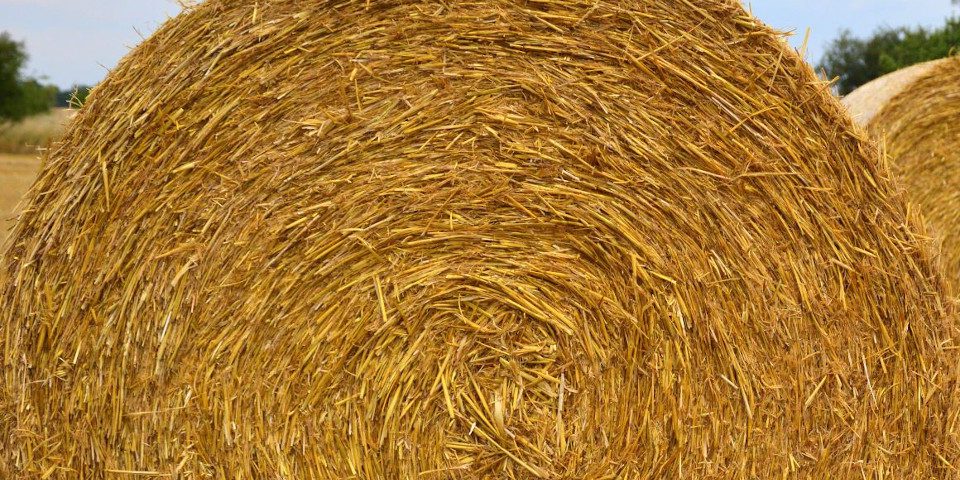Pigs consume feed that is likely to be contaminated with mycotoxins. Mycotoxins are extremely widespread in all feeds containing grains, fruits, and protein sources. Including derivatives and metabolites, there are hundreds of different mycotoxins.
It is widely accepted that pig feeds are frequently contaminated with multiple mycotoxins. When present together, these toxins can combine to increase their detrimental effects.
Complex diets containing grain-based feeds all present a risk to pigs. Straw bedding also presents a significant mycotoxin risk.
Typical mycotoxin exposure results in subacute symptoms such as reduced feed intake, poorer FCR, lower fertility, higher disease rates, and generally lower profitability.
Pigs are unable to reach their full potential when adversely affected by even low levels of mycotoxins. Any loss of productivity is a significant cost to your business.
Sources of Mycotoxins

Compound Feed
Pelleting does not destroy mycotoxins. Although any mould present within the feed may be killed, any mycotoxins they have already produced will remain.

Liquid Feed
Liquid feed poses the same risks as any other feeding method, although it is often more difficult to test it for mycotoxins

Straw
Results from our straw survey show that straw is frequently contaminated with multiple mycotoxins.
Mycotoxicosis Symptoms
Symptoms of mycotoxin exposure are varied. There is no one symptom of mycotoxicosis and all symptoms may be attributed to a different cause. However, the more symptoms animals are showing, the more likely it is that mycotoxins are the cause.
Common symptoms of mycotoxicosis in ruminants include:
- Diarrhea
- Feed refusal and poorer FCR
- Poor milk quality
- Immune suppression
- Increased agitation and aggression
- Porcine nephropathy
Different mycotoxins cause different symptoms. Specific symptoms associated with the most common mycotoxins can be found below:
Due to it’s high risk, Aflatoxin levels in feeds are heavily regulated worldwide.
DON contamination primarily causes reduced weight gain due to feed refusal and impaired protein synthesis. Once ingested DON can cause damage to the GI tract, causing leaky gut and reduced villus height.
The primary losses due to Ochratoxin A (OTA) contamination of feed come from loss of performance and health issues. OTA has been detected in pig tissues after consumption of contaminted feed.

